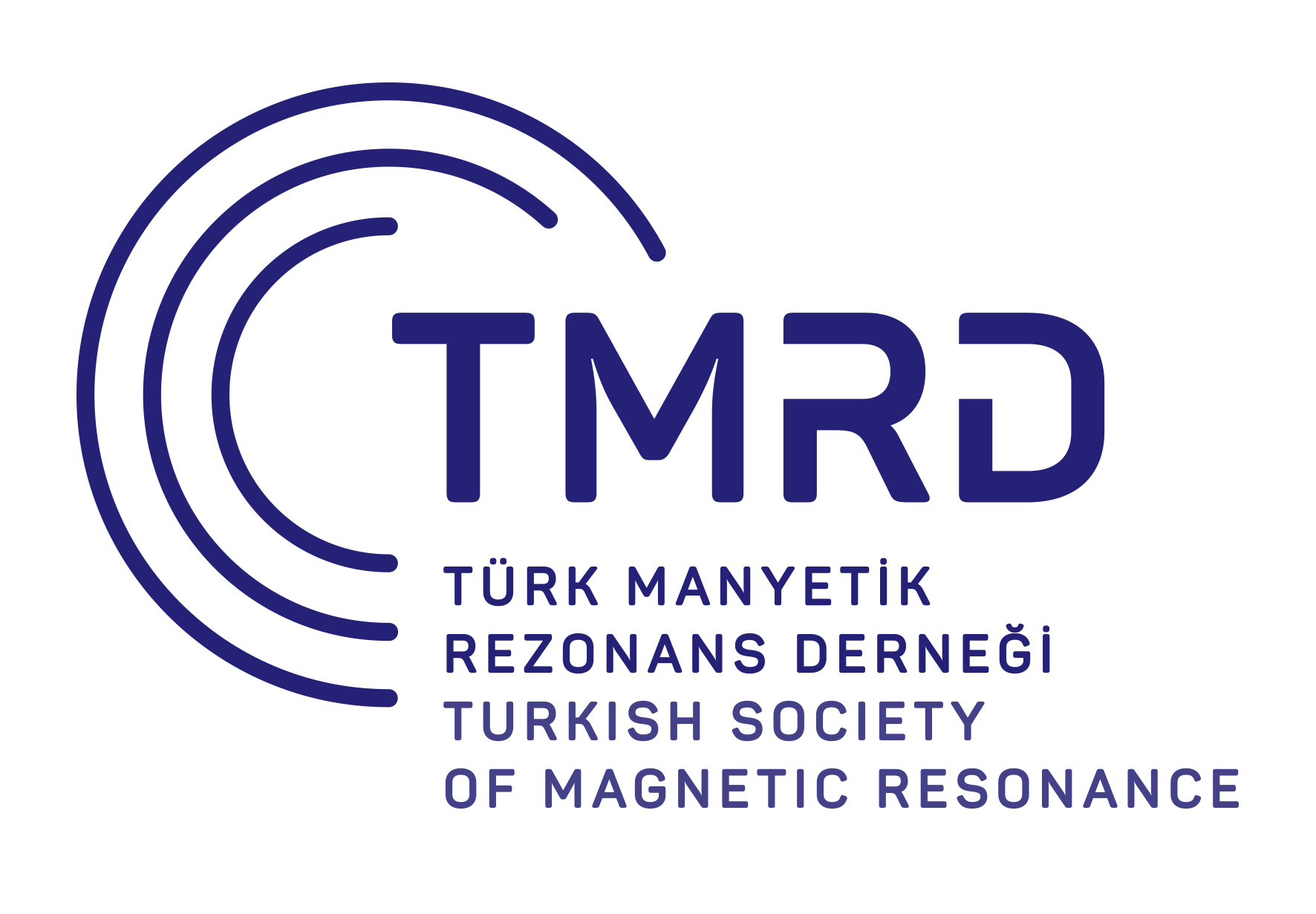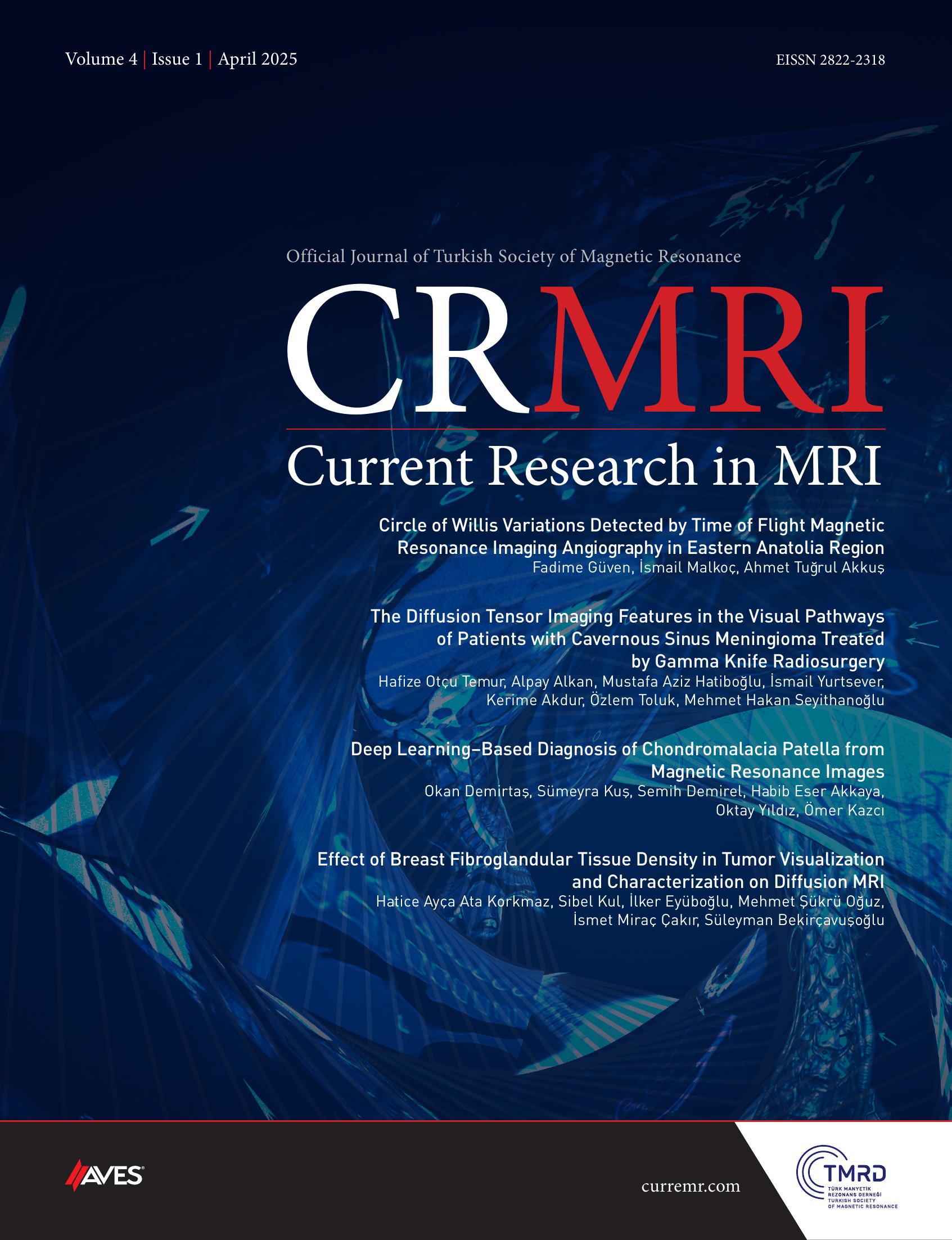Cerebral venous thrombosis is the obstruction of cranial venous pathways, including thrombosis in the cortical, dural, and deep cerebral veins. It constitutes 0.5%-1% of all strokes and is usually seen in young people. It is slightly more common in young women due to pregnancy, puerperium, and oral contraceptive use. Patients usually present with headaches or focal neurological deficits. Intradural venous sinus cysts are congenital and very rare pathologies. They are usually asymptomatic and detected incidentally. However, large cysts may be symptomatic when they disrupt the venous flow. Common symptoms are headaches and syncope. In this case, we present our 41-year-old female patient with complaints of headache, syncope, dizziness, ringing in the ears, and sleep disturbances that have been going on for 1 month. The patient’s complete blood count revealed a normal hematocrit, hemoglobin, and red blood cell count. After clinical and laboratory exclusion of other differential diagnoses in the case, a magnetic resonance imaging (MRI) venography examination was requested with the preliminary diagnosis of dural sinus vein thrombosis. In the magnetic resonance venography examination performed in our case, an unenhanced 7 mm-diameter area was observed in the contrast-enhanced series. The diagnosis was primarily considered as cerebral venous sinus thrombosis. Our patient’s complaints of severe headache, dizziness, and syncope were also consistent with our initial diagnosis. However, our patient did not benefit from the anticoagulant treatment given. For this reason, we turned to alternative diagnoses and performed a contrast-enhanced MRI. Our diagnosis changed to intradural venous sinus cyst after constrastenhanced MRI examination.
Cite this article as: Durmaz Ö, Memiş KB, Karavaş E, İrgül B. Intradural venous sinus cyst mimicking sinus vein thrombosis on magnetic resonance venography. Current Research in MRI, 2024;3(2):57-59.



.png)
